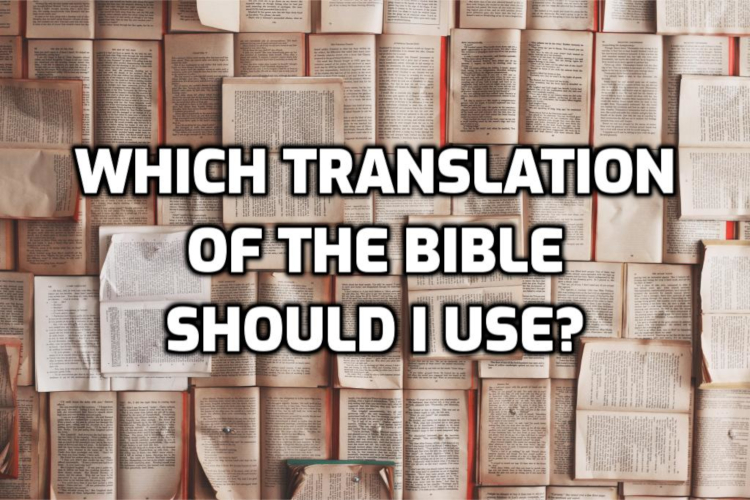Translations of the Bible: The first essential tool for Bible study is knowing the difference between the translations and owning several good translations of different types.
There is a widely-held myth that translation is a mechanical matter of transposing the text from Greek/Hebrew to English — as if the translator simply replaces the Greek word with its one and only corresponding English word.
The myth is that the translator did not need to use his own understanding in the translation process. In fact, all translations involve some level of interpretation. The interpreter must first understand the meaning of the text before translating it into another language
5 Ideas you should not believe about your English Bible
Since every translation is an interpretation of the original language, you should consult several translations of different types when studying the Bible.
Bibles fall on an interpretation scale. It will improve your study if you know the difference and have one of each type.
Translations of the Bible:
Literal — or “Word for Word” translation; a “literal” translations attempts to keep the English word as close as possible to the words, syntax, grammar and phrasing of the original language and still make sense to English readers. It tends to be more wooden, and translates the same Greek/Hebrew word to the same English word as much as possible.
- Examples: Interlinear Bibles.
Formal Equivalent — takes a step away from a purely literal translation; The Formal Equivalent attempts to translate the words, phrases and grammar of the original language into a precise but modern, updated equivalent word or phrase in English. Rather that a “word for word” translation, this translation attempts an “idea for idea” translation.
Examples:
- New American Standard,
- English Standard,
- New King James.
Dynamic Equivalent — Like the Formal Equivalent, the Dynamic Equivalent attempts to translate the words, phrases and grammar of the original language into the modern, updated equivalent word or phrase in English. It moves farther away from the original word order, syntax and grammar and closer to the modern language while still employing an “idea for Idea’ method.
Examples:
- New International Version,
- Good News Bible,
- Revised English.
Free — also called a paraphrase, a “free” translations translates the ideas from the original language to English without maintaining the original words, phrases or idioms and freely adding the interpreter’s amplified understanding.
Examples:
- Phillips,
- Living Bible,
- Amplified Bible.
With the internet, the good news is you don’t have to buy and store several versions of the Bible. You can find them online. My favorite site is BibleGateway.com
BibleStudyTools.com: Compare Bible Verses in all translations
Study Bibles & Resources
New American Standard Bible Online
Archaic Words Defined (Blue Letter Bible)
Compare Bible Verses in all translations (BibleStudytools.com)
Interlinear Bible Search (studylight.org)
STEP Bible; Video Tutorials for Step Bible
Further Reading:
Wayne Grudem: Which Bible Translation Should I Use? (2012) (book)
Wayne Grudem: Translating Truth: The Case for Essentially Literal Bible Translation (contributor) (book)
Wayne Grudem: The TNIV and the Gender-Neutral Bible Controversy (co-authored with Vern Poythress) (book)
Wayne Grudem: Advantages of the ESV (PDF)
Wayne Grudem: An Evaluation of Gender Language in the 2011 Edition of the NIV Bible (2011) (PDF)
Wayne Grudem: What’s Wrong with “Gender Neutral” Bible Translations? A Review of the New Revised Standard Version (1996) (PDF)
Wayne Grudem: What’s Wrong with Gender-Neutral Bible Translations? (1997) (PDF)
Next: Bible Study Tools 2: Good maps
Previous: The 5 C’s of Bible Study
Part of the Series: Bible Study 101
Photo by Patrick Tomasso on Unsplash

